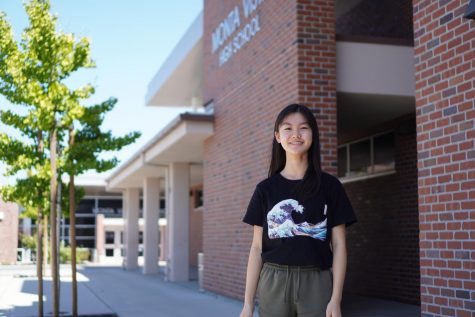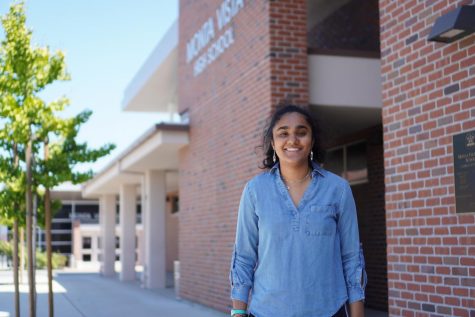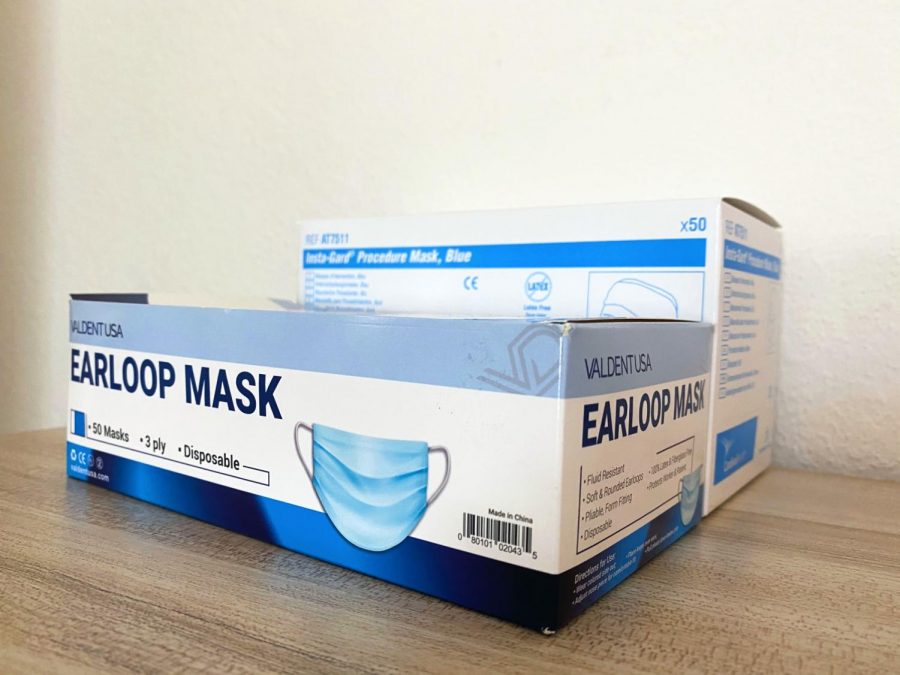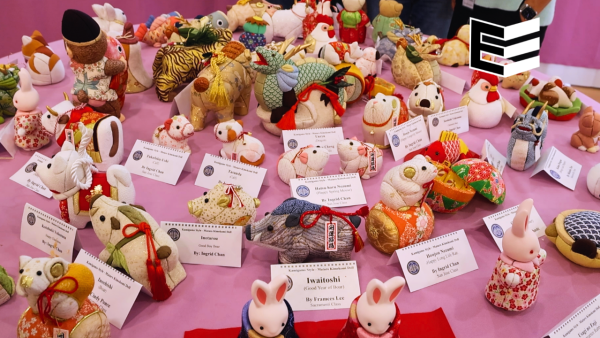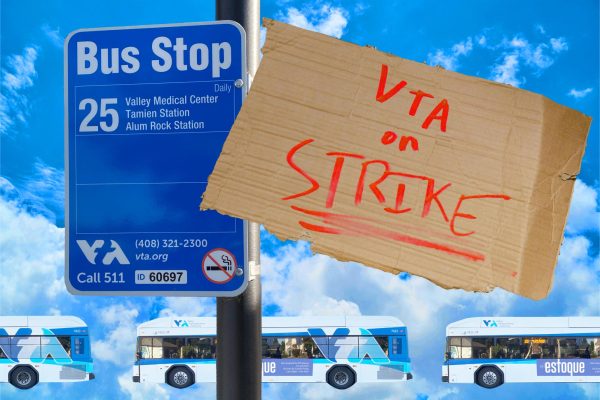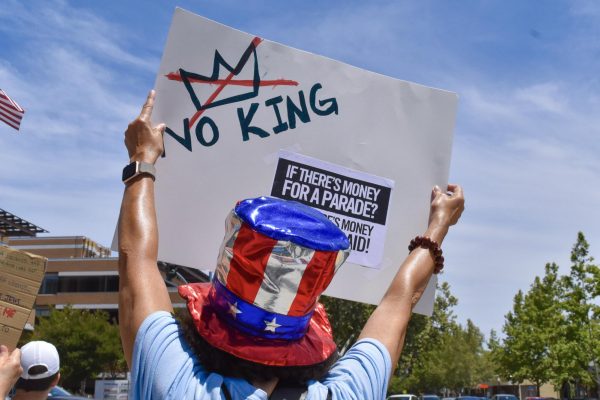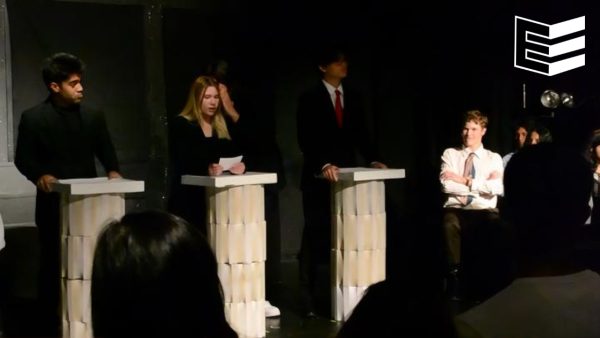COVID-19 creates resource shortages for healthcare workers and community members
Stanford and West Valley Community Services provide for those in need of assistance
Face masks are among the PPE items in need.
Due to COVID-19, cities nationwide are suffering from shortages of personal protective equipment (PPE). As of March 24, hospitals in the U.S. are in need of 28.5 million face masks, 24.4 million other items of PPE, 7.9 million test kits and 139,000 ventilators. Stanford medical student Cara Lai is coordinating the collection of PPE donations for the Stanford Hospital healthcare team, accepting unopened N95 masks, face shields, surgical masks, hand sanitizer, isolation or surgical gowns and disinfecting wipes in their original packaging. In addition to protecting the healthcare workforce, PPE is necessary to avoid virus transmission between patients and protect the general healthy public, according to Lai.
“In a way it’s like donating food or donating blood in times of crises,” Lai said. “Finding ways to coordinate drives of donating this equipment is one of the big ways that we can all help right now. And if you think about the industries and the people who need PPE it’s actually pretty far-reaching, and so there have been a lot of coordinated efforts from students and … community members who want to help, who want to mobilize.”
Similarly, El Camino Hospital has also established donation avenues for interested citizens with items to contribute. According to president of El Camino Health Foundation Andrew Cope, donors who want to make a financial gift can use a link online through their website. In their first week alone, more than 260 donors made financial gifts and nearly 100 different donations of PPE from organizations.
Stanford accepts drop-off donations at their campus in Redwood City, and the School of Medicine has started to host local drives to invite businesses and individuals with PPE to donate or sign up for pickup from their house. However, Lai still recognizes the difference between hospitals providing ways for people to donate and people actually making those donations. With her connection to the hospital, Lai believes her and other medical students’ efforts can be effective in asking businesses and individuals to step up and donate, to make meaningful action.
While MVHS parent Lily Gao has purchased the highly-demanded surgical masks for personal use, she supports donation programs that provide PPE for workers who are in urgent need.
“I think I [have] enough [masks],” Gao said. “Because [workers] need it, we stay home, we don’t need that much. If you hoard too much [and] you [don’t] use it, it’s a waste. So actually I think it’s really necessary to [donate]. I really want to [donate], because I think in this time, if we have [the] ability to [donate], we need to show that some people need [masks].”
Cope notes that even though people’s natural tendencies are to often prepare for the worst, understanding the situation at hand can bring together the community.
“When I speak to any of my friends or family and they seem nervous, I try to just encourage them to use common sense and consciously make the sacrifices necessary to distance ourselves,” Cope said in an email. “If we all do our part, we have the potential to make a huge impact and help keep others in our community safe.”
Even though hospitals are running out of essential supplies due to suppliers’ limited stock of PPE, the empty grocery store shelves with the American food system is not a result of shortage, but rather a product of a supply chain issue. West Valley Community Services (WVCS) Executive Director Josh Selo explains that there are food shortages for many families because suppliers are not accustomed to providing large amounts of food to people who are buying bulk quantities. Low stock in stores has affected WVCS’s grocery rescue program, in which volunteers drive to grocery stores to pick up donated groceries.
“In the first week after the coronavirus really began to take hold here in Silicon Valley, we noticed that there was a significant drop in food that we get from our grocery rescue program,” Selo said. “Because there was so much fear and concern in the area, a lot of the store shelves were empty. So the stores didn’t have anything to donate to us [the week of March 15].”
In order to limit contact between clients, staff and volunteers, WVCS converted all food services into pre-bagged food, allowed senior clients to receive food deliveries at their homes and moved financial and rental assistance applications online.
At WVCS, requests for rental assistance have quadrupled in the span of two weeks. 77-year-old Roxanne, who’s last name has been left out for confidential purposes, has been working as a waitress in a hotel cafeteria for over 30 years and reached out to WVCS for food, unemployment and public benefits after she was informed that the cafeteria would be closing down. Due to similar cases, Selo is concerned about fulfilling rental assistance needs despite funds from nonprofits, the county, tech companies and community fundraisers. These attitudes for communal help are also reflected in Lai’s push for people to consider cooperative ways to protect individuals.
“I think this is also an opportunity for … us to come together and to say, ‘Hey, rather than thinking of myself as an individual or even as an individual family unit to think of this as a fight that we are all engaged in,’” Lai said. “When we start to transition to thinking about it in that way, my hope is that some people will realize … ‘I have a little bit of surplus, and I would be willing to donate it to the people who are putting their lives on the line, who are at the front lines taking care of patients and trying to make it so that we get out of this crisis.’”
Since 30% of WVCS volunteers are above the age of 60 or are immunocompromised, WVCS told them to work remotely and took on additional volunteers to satisfy the increasing requests for assistance.
“On the one hand, [the volunteers] know that they need to be at home and sheltering in place … but they also get a lot of personal satisfaction from giving back to the community and it’s hard on them that they can’t be here,” Selo said. “We miss seeing them, it’s hard on us not to have our regular volunteers. But we have some great new folks who are stepping up and stepping in as they’re available and feel like they can do it. We’re grateful for their spending time with us to feed the community.”
According to Gao, her eldest daughter registered to help at the frontline in New York as a medical student. Gao is concerned about the potential responsibility, but respects her daughter’s decision.
“This time I think is dangerous, but I’m still really proud of [her],” Gao said. “I think kids raised [in America] … are different from us, they are really very exciting [and] brave, like my daughter. So I think those kids … think [they] have a responsibility for the society, a lot of things [that are] really positive, so we encourage you guys to do that, even [though] this time it’s dangerous.”
Helping out gives Lai a feeling of engagement and connection, but she also addresses that some people often feel that donating an individual box of masks or other items won’t create a large effect on a global pandemic.
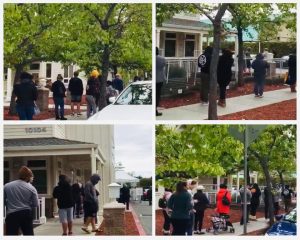
Hundreds of clients line up outside the WVCS food pantry six feet apart on March 18.
“My answer to that is that this is a disease that affects people, and people who are dying are not a statistic,” Lai said. “They are people with stories, with families, with jobs, with lives. I think it would be a mistake to think about this pandemic in the abstract [and we should] be like ‘Okay, there’s this many thousands of people who are infected and this is how many people are dying.’ Move away from feeling like ‘Okay well, it doesn’t matter what I do,’ because when you’re the patient, it very much matters that you are the one person who is sick and who’s on a ventilator and who’s getting treated for this really deadly disease.”
Like Lai, Selo also feels confident that community members will come together to take advantage of resources, despite his concern for his clients and staff.
“I hope we’re going to make the decision to work together to serve those most in need,” Selo said. “I think it’s going to require that we think [about] how best to allocate resources to have the biggest impact and serve those who most need our help. I worried about what our community [is] going to look like at the end of this. Will we come together to lift those up who most need us or will we tear ourselves apart?”
Similarly, Cope feels that even though these are concerning times, it is still important to consider how communities have been inspired and brought together to combat tough problems.
“I think a situation like this brings out the best in our communities and I think it is important to share these uplifting stories to provide hope and strengthen our ties to each other,” Cope said in an email. “Sometimes my friends and family seem to notice mostly the negative stories that emerge at a time like this. I’m always happy to share with them the overwhelmingly positive reactions that I get to witness almost every day through my work.”
Lai believes that donating PPE is currently one of the best ways to make a difference on the frontlines of healthcare. Lai emphasizes that individuals, especially those who share a childlike connection to the Bay Area community like her, should contribute by donating PPE.
“Think about what this community means to you,” Lai said. “Think about your friends who live here. Think about the stores you go to, the places where you go on walks, think about everything you need that makes your life livable [and] comfortable. When you think about it that way, think about what you can do to make sure that this community that you love so much stays the way it is.”
